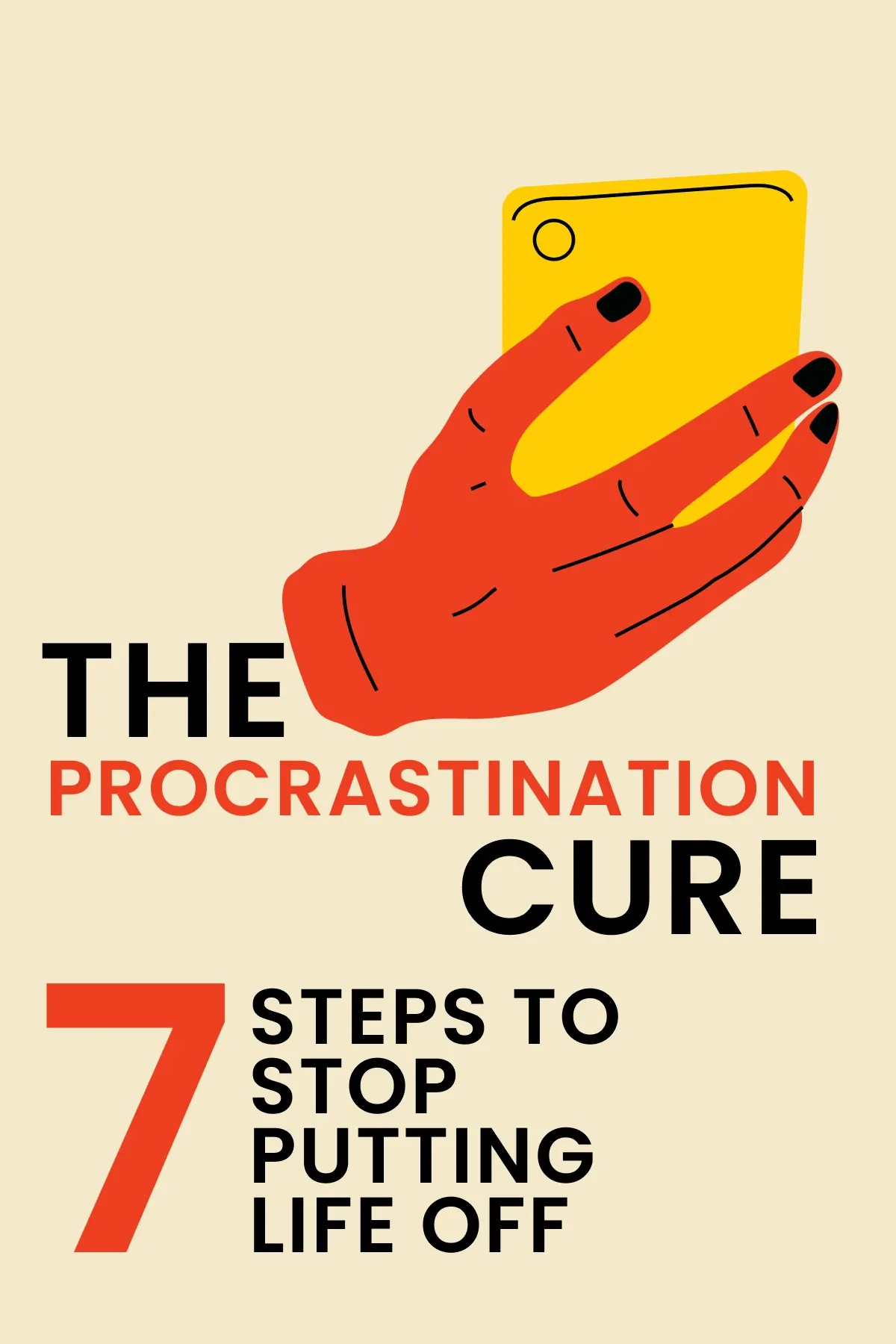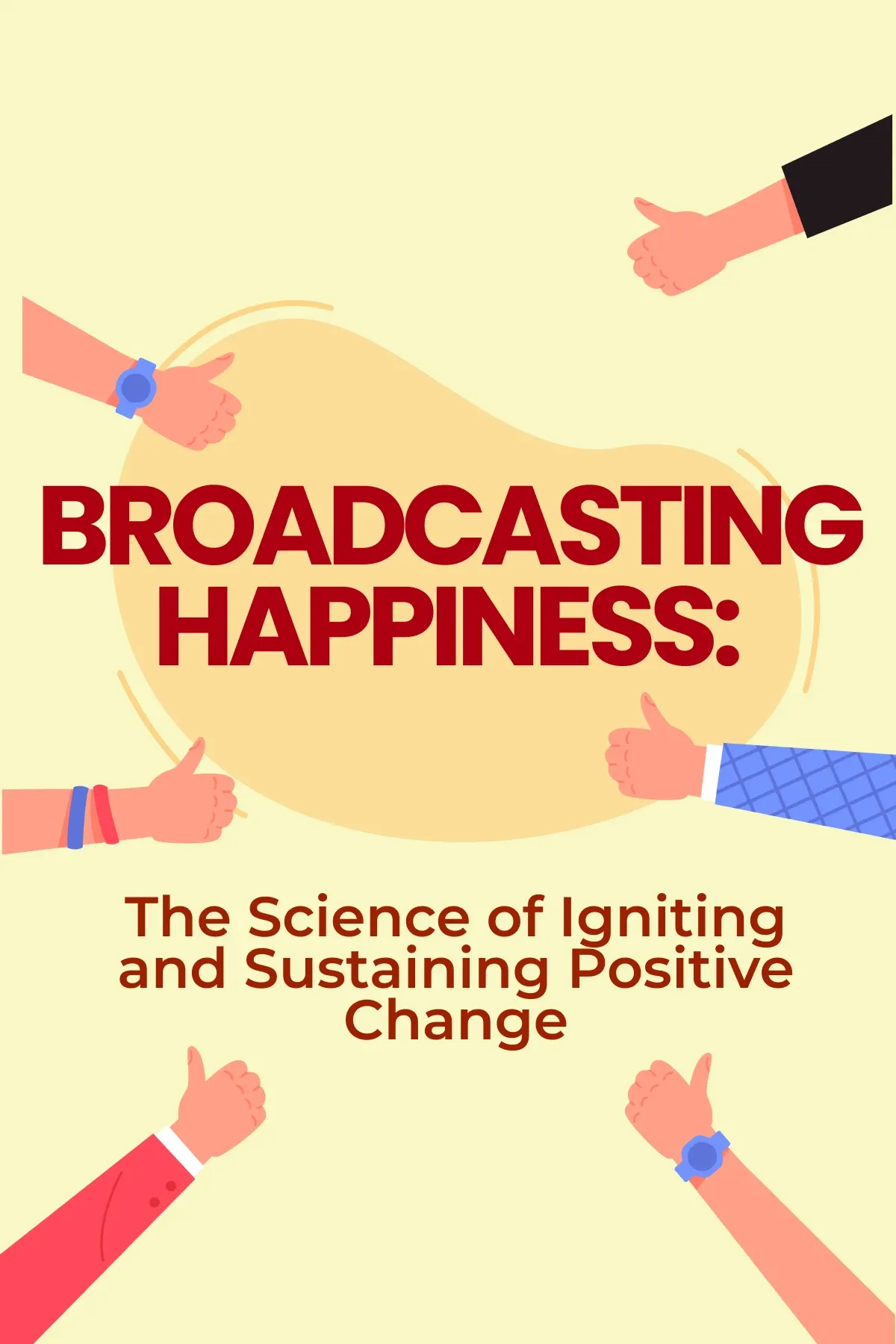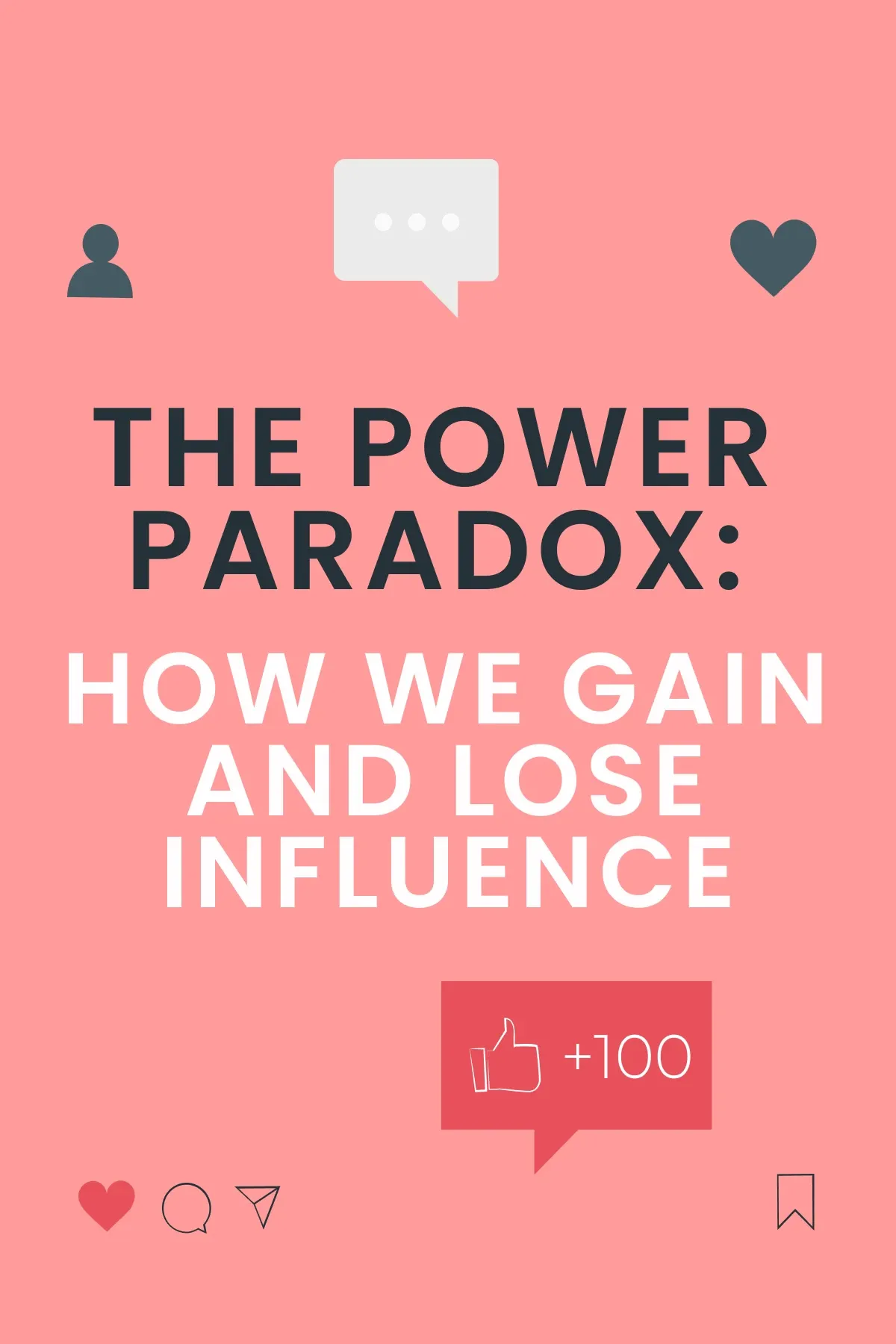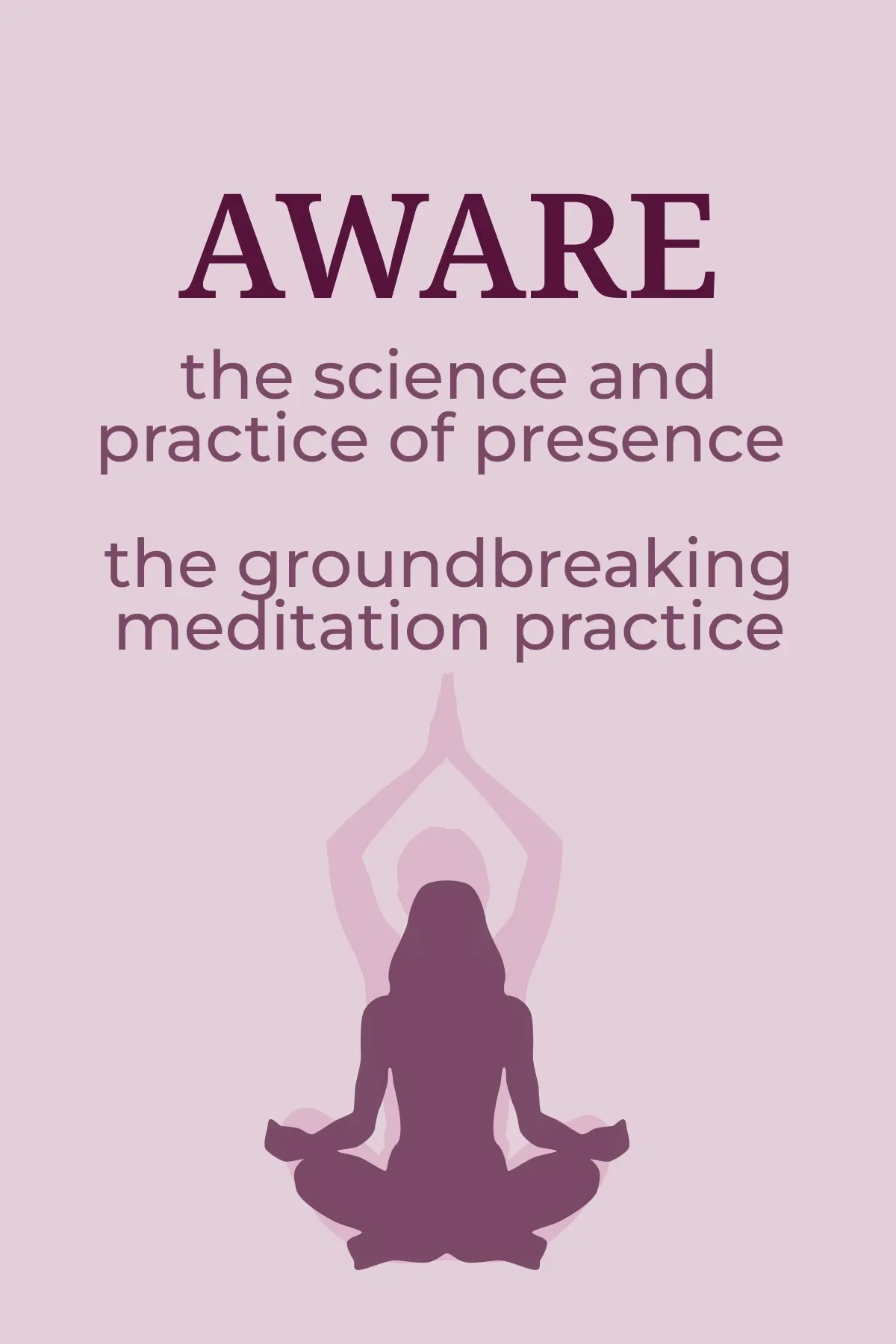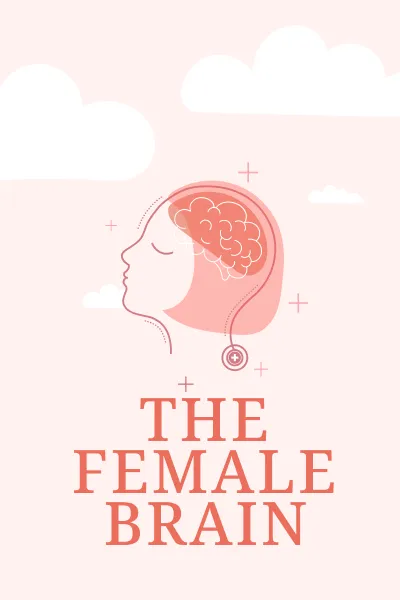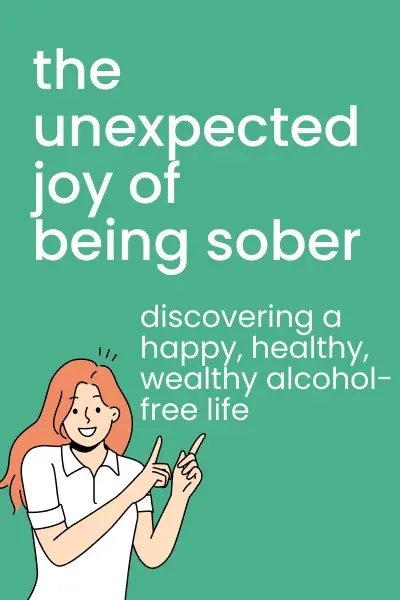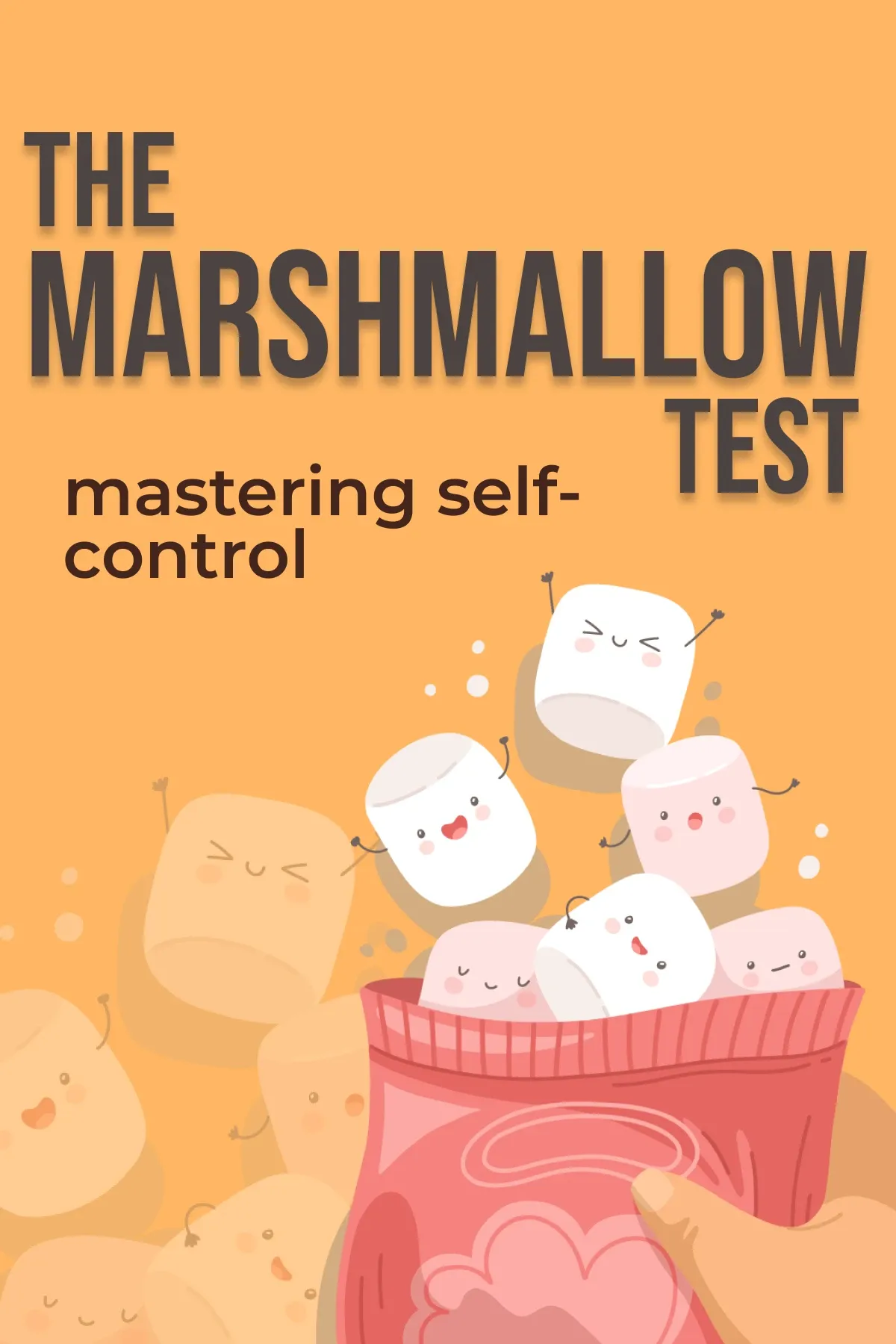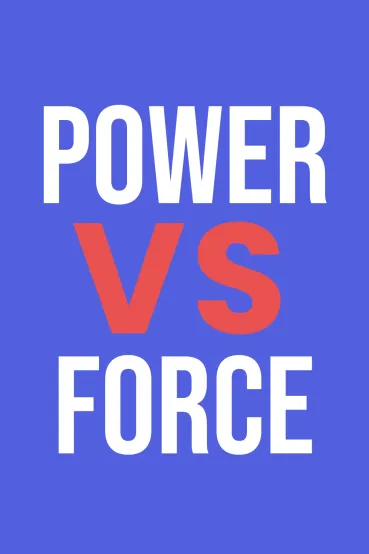
Power vs. Force
Brief Summary
“Power vs. Force” by David R. Hawkins is a groundbreaking book that unveils the keys to personal empowerment and spiritual growth. It offers profound insights into what true power and force are. This book is a must-have for those seeking to unlock their full potential and create positive change in the world.
Key points
Key idea 1 of 7
Today, politics, society, and the economy influence our environment and shape our lives, often leaving us insecure. In reality, however, we can find some strength within ourselves.
True power differs from force. Force may appear as a quick solution and merely offers temporary respite, ultimately leading to unwanted repercussions. Power, however, brings lasting transformations, helping us surmount challenges and achieve our goals peacefully. With true power, we can succeed without inflicting suffering or violence. Furthermore, it enables us to discover definitive solutions to even the most tricky issues.
How can one develop their power? First of all, it's about becoming aware. People, both individually and collectively, can make a positive difference in the world by adopting higher states of mind. As we raise our level of consciousness, we open our inner strength. What's more, we detach ourselves from harmful influences. Life's obstacles vanish as we are full of imaginative solutions, elegance, and empathy. Consequently, we bring about constructive changes that ripple through the fabric of reality.
Imagine our minds as a vast landscape of different levels unfolding before us. Within this terrain, we encounter peaks and valleys. At the highest points, some strive for love, peace, and joy. They radiate positivity, seeking to uplift themselves and those around them. At the bottom, we find those dwelling in anger, shame, guilt, and self-imposed limitations. They reside in a perpetual state of being downcast. Negative emotions and thoughts are the reasons for this.
If we picture consciousness on a spectrum from 1 to 1000, each number represents a certain level. For example, shame resides at a mere 20. It may be a consequence of early trauma, such as sexual abuse, making its victims cruel to themselves. Another feeling, guilt, follows closely at 30, producing feelings of unworthiness and an inability to receive love. Fear looms at 100, causing perpetual anxiety and restlessness.
However, at the level of 200, courage pops up. It urges us to confront our fears and take responsibility for our actions. For instance, this level enables us to learn new job skills. Higher up, we encounter love in the middle of our scale, creating profound compassion and deep connection. This is a turning point where we can experience some positive changes. Finally, upon reaching 700, we get to the top of human consciousness and spiritual awareness.
FAQ
You may also like these summaries


